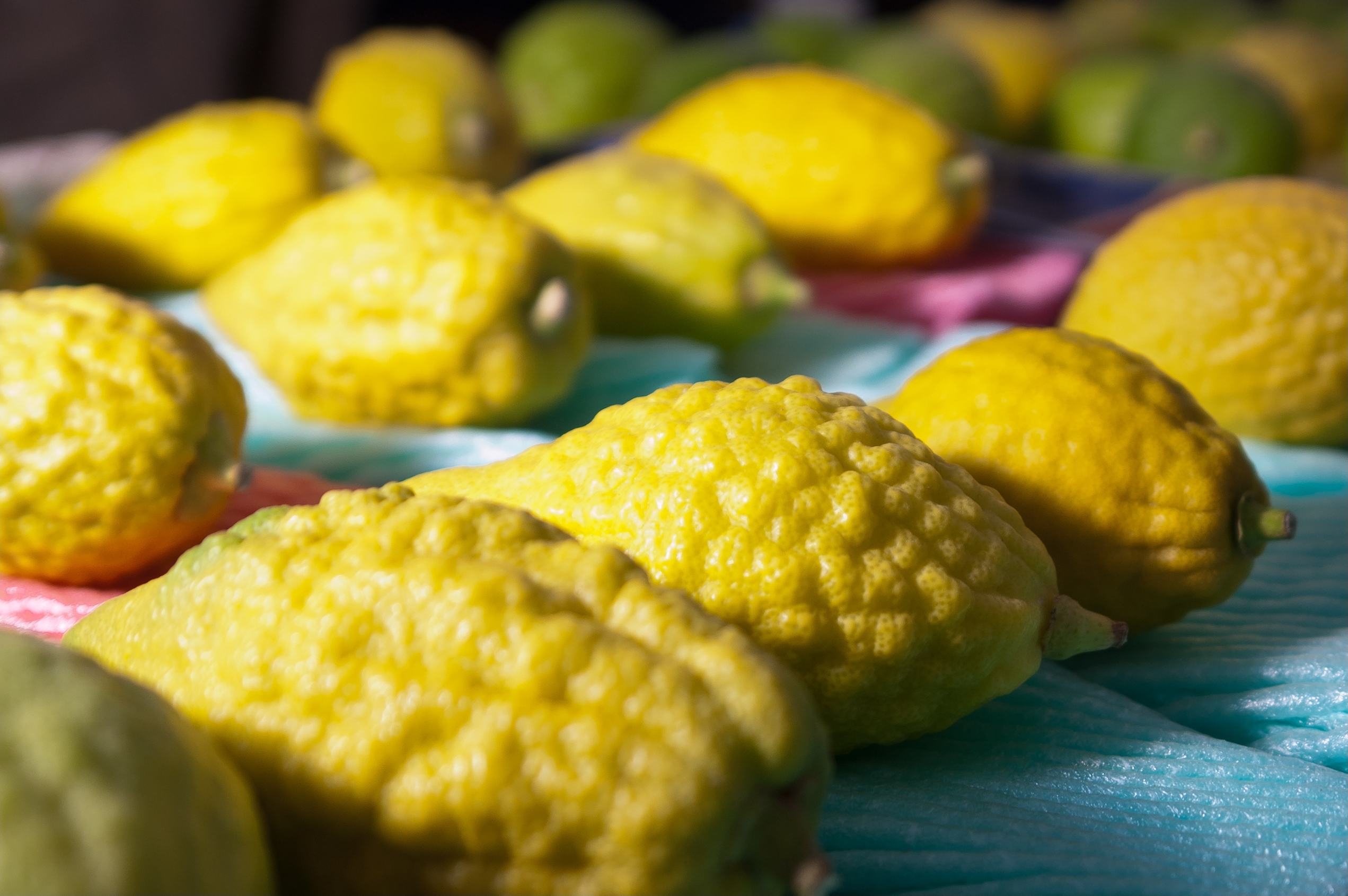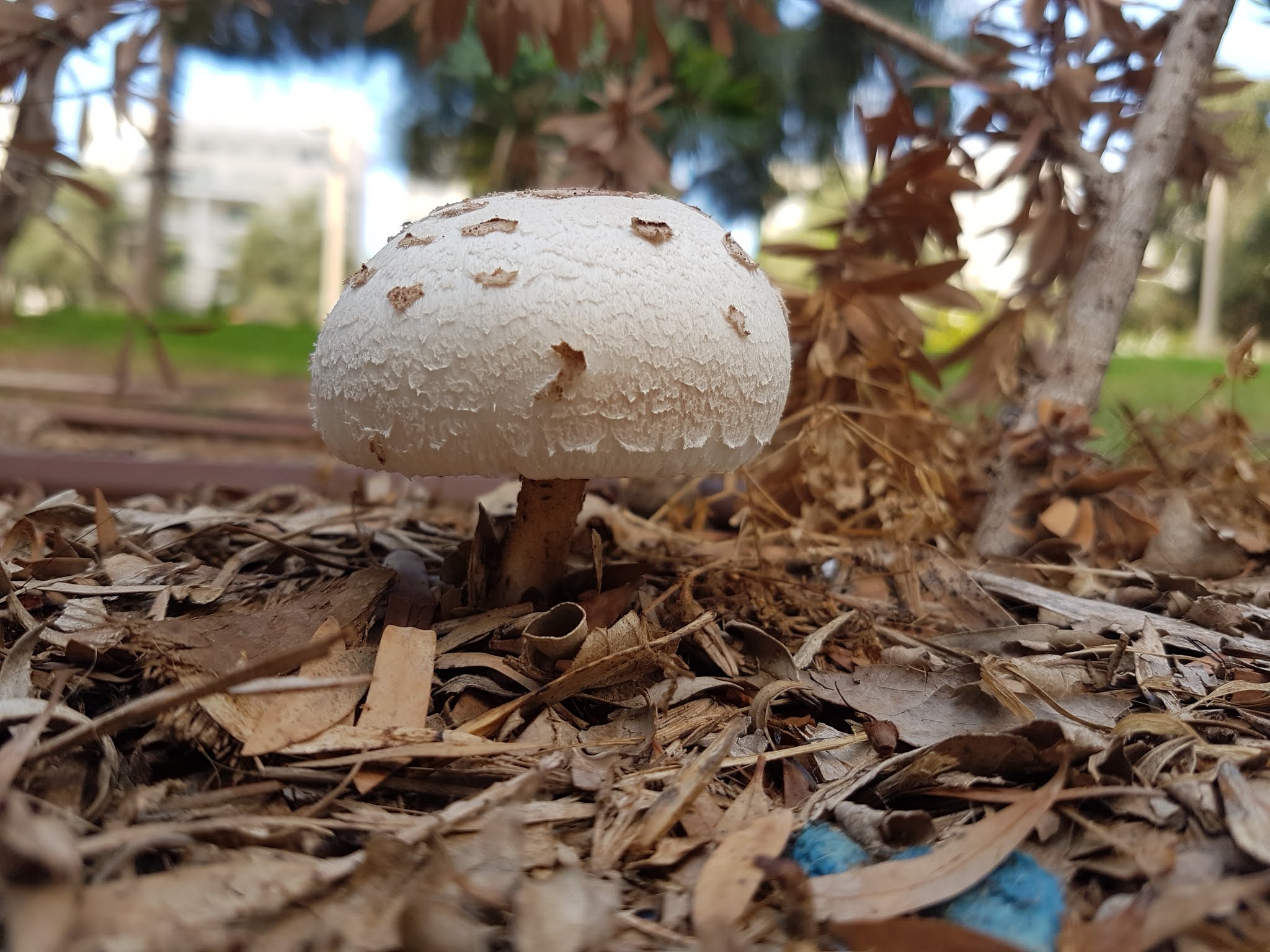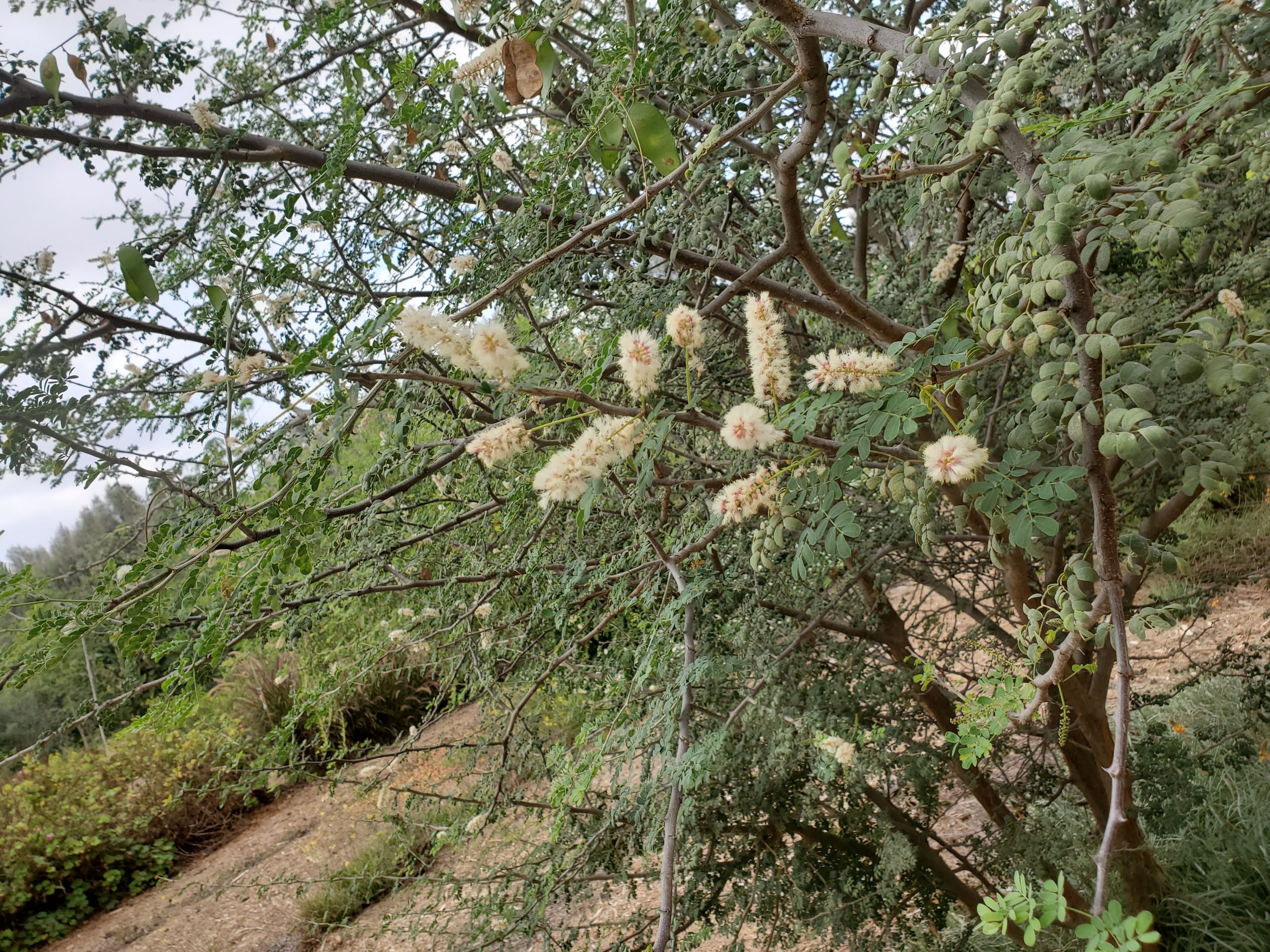The tree that survives the desert
December 10, 2018Tu B’Shevat, a Jewish holiday commemorating the importance and sanctity of trees, could not be more fitting in this day and age
Acacia trees in Israel’s southern desert continue to grow under extreme temperatures of 45 degrees – the most extreme climatic conditions under which tree growth has been documented so far. Undoubtedly, it’s not easy to be a tree these days. Extended drought periods induced by climatic changes make it more and more difficult for those who need water to survive. Adding to this the constant increase in pests and invasive species, one gets an idea of the grim reality in which many tree species are forced to find a way to survive the rapid and extreme changes.
However, there are trees, such as those growing in the desert areas of Israel, that remain strong and durable, and even thrive in the most hostile conditions. In a new Israeli study, published on the cover of the latest edition of the journal Oecologia, scientists found that the Acacia tree growing in the Arava desert is the world’s largest tree growing in such hot and dry climate. In fact, the tree has an even higher growth rate during the hot, rain-free desert summers than during the slightly wetter winters – and research into this remarkable resilience might provide valuable information about how to deal with climate change.
Thriving at 45°C
One of the expected effects of climate change is the northward movement of the global desert strip and the transformation of semi-arid regions into desert-like regions. This process negatively impacts natural vegetation and agricultural produce, and as a result, jeopardizes the nutritional security of millions of people. Due to Israel’s unique geographical location at the transitional zone from the Mediterranean to the desert climate, many local studies look into the resilience of natural vegetation and drought-tolerant crops – Scientist are hopeful that the finding might be of great importance to the worldwide fight against climate change.
Some of the latest research into Acacia trees was conducted by Dr. Tamir Klein of the Department of Plant and Environmental Sciences at the Weizmann Institute of Science, in collaboration with Dr. Gidon Winters of the Dead Sea and Arava Science Center and Dr. Shabtai Cohen of the Volcani Institute. For three consecutive years, the researchers tracked ten Acacia trees from two species that are distributed in the Arava desert – a strip of desert stretching 166 km between the Gulf of Eilat and the southern shore of the Dead Sea in Israel. The researchers looked at two species: Acacia tortilis (the flat-top tree known to us from African landscapes) Acacia raddiana. Tracking was done using stem thickness sensors (to determine if the trees actually grow or only survive and remain the same size), water flow sensors in the stem, and a camera that documents the state of the leaves.
The area in which the trees are being examined, the Sheizaf Stream in the Arava, is hot and dry, with annual precipitation of only 20 millimeters. Therefore, the researchers hypothesized that the trees in the area grow for about two to three weeks a year, when the stream enjoys floods and rains, and are dormant for the rest of the year. “It was a naive thought,” says Klein.
Very much to the researchers’ surprise, the results of the study revealed a very different picture. “We got exactly the opposite of what we expected,” says Klein, “We found that the Acacia trees grow very actively in summer, in the dry season.” Beyond that, the trees thrive even at the height of the desert summer, and the researchers documented the growth of the tree even in the days when the region had temperature conditions of 45 degrees Celsius at two percent humidity. In the winter, however, the growth of the trees actually stopped. “A comparison with the international scientific data has shown that our measurements represent the most extreme documentation of growth conditions in terms of heat and dryness, in which trees can grow”, says Klein.
The answer lies in the distant past
As noted, the achievement of Acacia trees is very significant also on a global scale. “Although there are very hot and dry places in the Sahara Desert, for example, they do not enable tree growth, or the few trees that exist in them do not grow on days when temperatures and dryness peaks,” says Klein. “Understanding the mechanisms that help a tree survive in dry conditions is of supreme interest to science and decision-makers,” the authors write.
The researchers speculate that the survival secret of the Acacia is a vast underground water source, which is available to the roots of the trees also in summer. In the Arava, there are a number of aquifers (underground water reservoirs), and the Acacia trees have long roots, which can reach tens of meters of depth so that they may have access to one of these aquifers. The researcher’s hypothesis stems from the fact that water was found flowing through the trunks of the Acacia tree all year round (as opposed to most trees in Israel) and also that the trees are green almost throughout the whole year. Additionally, the researchers found that the trees grow larger in summers that follow rainy winters when underground water sources fill up more.
The study’s findings raise the question: Why do Acacia trees grow more in summer rather than in winter when weather conditions are more favorable? The researchers speculate that the answer lies in the distant past of the Acacia tree.
“The tree has its origin in tropical Africa, from where it spread millions of years ago,” says Klein. “As a tropical tree, it is genetically programmed to grow in maximum light and heat conditions.”

“Research of crucial importance”
In the next phase of the study, whose results have not yet been published, the researchers sought to understand in greater detail the source of the growth: whether the trees are doing photosynthesis in summer, or solely rely on photosynthesis products during winter. The scientists found that the trees perform photosynthesis, that is, they use solar energy to turn carbon dioxide into nutrients, even in summer – and they can use it to grow in the hot season.
At the moment, the researchers are trying to get a better idea of the unusual growth pattern of the method in several ways. On the one hand, they survey the water that flows through the tree in order to learn about the depth of its source. On the other hand, a collaboration between Ph.D. student Daphna Uni of Tamir Klein’s lab and Dr. Gidon Winters as well as Dr. Efrat Sheffer of the Hebrew University is to test how much of the tree’s growth happens through photosynthesis products in summer and how much by using photosynthesis reservoirs. This year, another test is to compare the status of Israeli Acacia trees to those growing in South Africa, where the climate is less extreme.
“In view of the climatic changes that are taking place right now, the research is of crucial importance,” concludes Klein. The new study joins other studies carried out in his lab that are related to tree growth in extreme environmental conditions of dryness and heat.
This ZAVIT article was also published in The Jewish Journal on 01/16/2019.







